THE STRATEGIST: How do the teams plan for a new race like Las Vegas with no historic data?
.webp)
This week, the Formula 1 circus arrives in Las Vegas for the all-new Grand Prix around an all-new street track that includes a section on the iconic Las Vegas Strip. As a brand new circuit never before used in F1, the teams and drivers will go into the weekend with no historic data or knowledge on how to set up the car or what to expect over the course of the weekend.
So how to teams approach this venture into the unknown? We asked Bernie Collins, former Head of Race Strategy at Aston Martin, to explain all…
Next Up
Related Articles
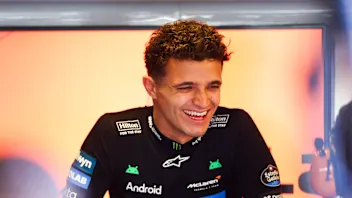 Norris praises support from Hamilton, Vettel and more
Norris praises support from Hamilton, Vettel and more End Of Year Reports 2025Williams’ best and worst moments from 2025
End Of Year Reports 2025Williams’ best and worst moments from 2025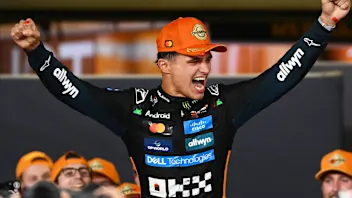 Our writers on the best drivers and stories from 2025
Our writers on the best drivers and stories from 2025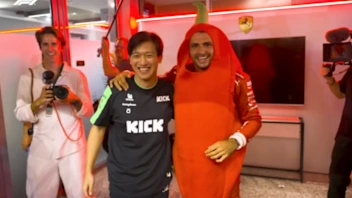 The best moments from F1 Secret Santa over the years
The best moments from F1 Secret Santa over the years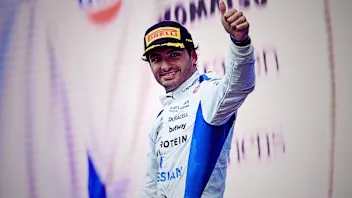 ExclusiveWhy Sainz feels ‘vindicated’ after his first Williams year
ExclusiveWhy Sainz feels ‘vindicated’ after his first Williams year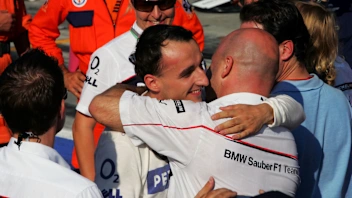 Sauber’s best moments and most memorable liveries in F1
Sauber’s best moments and most memorable liveries in F1
